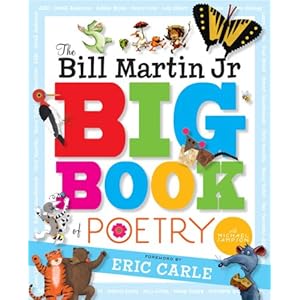
Frankenstein Makes a Sandwich
Author
and Illustrator: Adam Rex
©
2006 Houghton Mufflin Harcourt
40
Pages
Fantasy
This
book is all about fantasy. Frankenstein
Makes a Sandwich is a collection of fantasy poems. The first poem talks
about Frankenstein and how the people around him do not like when he comes out
of his house. He wants to go buy things to make a sandwich from but he can’t
because he is scaring everyone. He walks back home and the people start
throwing things to make a sandwich with at poor Frankenstein. He is overjoyed
and believes those people were very polite.
The
illustrations are unique for every poem in the book. The illustrations look
like they have been painted with oils.
This book
can be used in a kindergarten to third grade class. The teacher could read the
poems to the class and have the students reflect on each poem’s theme in
reading. The teacher could also use this book to teach poetry, as well as when
talking about different genres.
This book has not won any
awards, but the author has written the book Three
Ring Circus.
A message from the author, Adam Rex.









